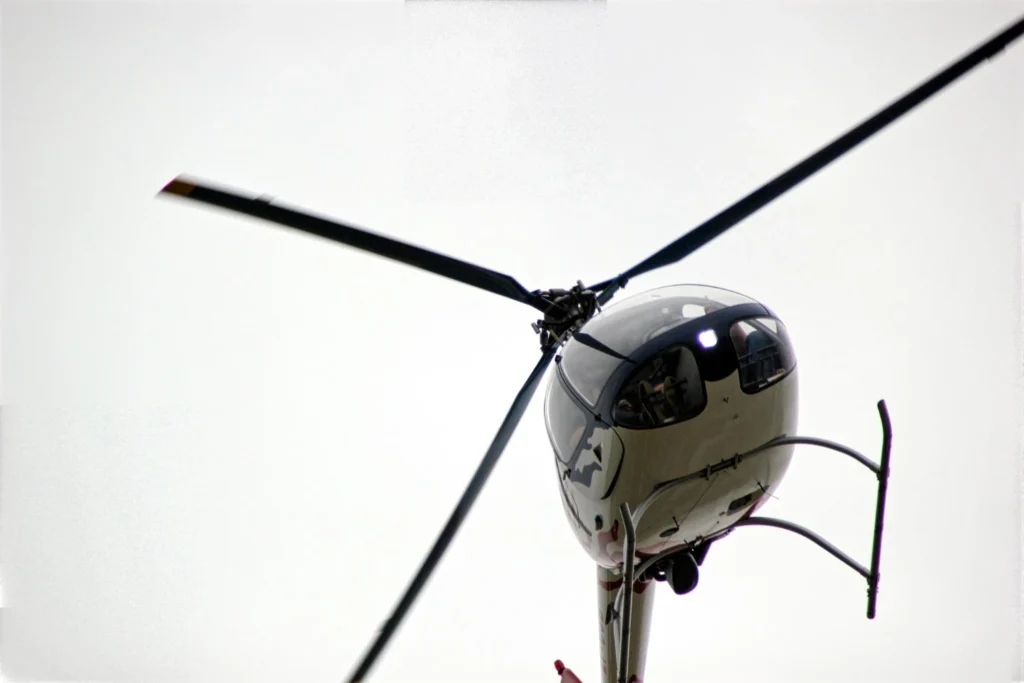Western Power Distribution (WPD) has aviation in its DNA. The company has been operating helicopters since its predecessor, SWEB, used their first aircraft back in 1963. It is a history the team is proud of.
Today, the unit has evolved significantly. WPD currently operates a fleet of five H135 helicopters. These machines are vital for maintaining the electricity network across the region.
More Than Just Patrols
Robin Tutcher manages the Helicopter Unit. He is also the accountable manager approved by the Civil Aviation Authority. He is keen to point out that these aircraft do much more than just look at power lines.
The helicopters are effective construction tools. They can deliver poles to remote areas. They can even lift heavy loads like generators. Depending on fuel requirements, these helicopters have an external lift capability of up to 750kg.
This lifting power changes how the company works. Crews use the aircraft to plant poles, lift transformers, and string conductors in places trucks simply cannot reach.
The Art of Inspection
Routine visual patrols make up about 70 percent of the Unit’s workload. The process requires high skill. The helicopter flies just above and to one side of the line.
Inside the cockpit, trained observers use OS maps with overlays showing the power network. They report on 55 different kinds of defects. These risks range from general deterioration to storm damage.
If a condition is urgent, details are phoned immediately to the electricity network control centre. For routine issues, the data is captured on a bespoke laptop platform. This system was designed by the observers and the mapping department. After a patrol, this data merges with the main asset database.
Thermal Eyes and Rapid Response
The Unit uses advanced technology to see what the human eye cannot. During thermal patrols, they use a forward-looking infrared Kelvin 275 camera. This helps detect hot spot faults on 132kV and 33/66kV systems.
This technology allows for preventative maintenance. It gives advance warning of potential faults before they cause an outage.
Speed is another major asset. The Unit has an incident desk manned throughout the day. In an emergency, an aircraft can reach anywhere on the WPD network within 30 minutes during the day. Even out of hours, they can reach the furthest extent of the network from Bristol within one hour and 10 minutes.
Helicopters vs. Drones
Technology is changing, and drones are becoming a common tool for inspection. However, Tutcher believes they will not replace manned helicopters anytime soon.
Drones have a long way to go regarding legislation and technology before they can compare to manned aviation. Currently, WPD operates a drone for detailed inspections of singular assets. This is primarily a safety benefit. If a drone can prevent a person from having to climb a pole, that is a win.
However, for covering distance, the helicopter is king. A crew can cover up to 100km of patrol in a five-hour flying day. This efficiency allows for inspection of 99.9 percent of all assets.
Looking ahead, the team is exploring LiDAR and hyperspectral imagery. The range of work they undertake is developing all the time, proving that for network reliability, the only way is up.


